We Were the Ramchargers: Inside Drag Racing’s Legendary Team, 2nd Ed.
by Dave Rockwell
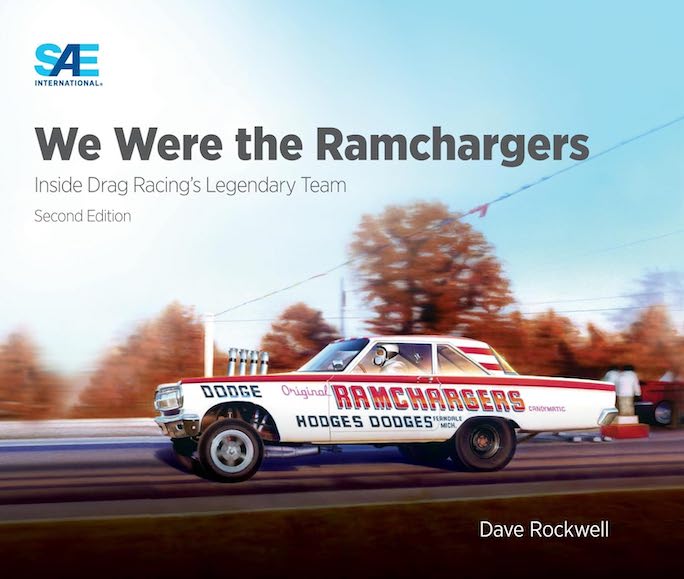
Topping the list of disciplines to which the Ramchargers attributed their successes was: no detail is inconsequential. As important was: there are always improvements and refinements to discover and implement to help make a car go quicker.
By day these guys, who would collectively name themselves Ramchargers, worked in Chrysler’s engineering department. After hours, on their own time, they were racers. Even though they were on their own time, using their own funds, they were still loyal to “Mother Chrysler” so focused on consciously doing their part to improve Chrysler’s staid image in the latter half of the 1950s and its cars as they knew gaining a reputation for winning would improve the public’s overall perceptions of Chrysler.
The book opens with a quick look back at the engineering prowess of Chrysler’s origins—the “three musketeers” of Carl Breer, Fred Zeder, and Owen Skelton. Then author Dave Rockwell, though never a Chrysler employee had became an active Ramcharger at age 15 (when not in school that is), weaves multiple story lines together as he sets the stage for the chapters that follow. Those stories include background and early days of those original Ramchargers with parallel efforts by rivals Ford and GM. He also deftly integrates highly technical specifics and information into the storyline of events, car and engine development, and their ultimate achievements.
If the just shy of ultimately 50 Ramchargers didn’t find one another in Chrysler’s engineering department, they did following having built their own individual “toys” and “testing” them on the daily Woodward Avenue commute. First they formed a car enthusiast club adopting their Ram Chargers name from the ram logo of Dodge that Fred Zeder had created in the very earliest 1930s.
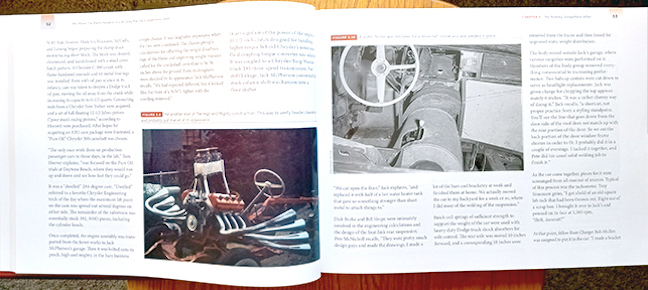
That’s quite an exhaust setup. Happens to be on Ramcharger’s first club-built car named The High and Mighty. Right-hand image: if you think you’re looking at a hot water heater housing the driveshaft tunnel on The High and Mighty, it’s because you are!
When the members decided to meld their various ideas and expertise to build a club car that they named The High and Mighty, things really started to gel as they were introducing ram tuning to hot rodding. Naming, or rather nick-naming was a Ramchargers habit too. For instance, author Rockwell was “Dirty Dave” due to his always neat appearance dressed in white and (mostly) being able to remain surprisingly clean in spite of doing the same work as the others. You’ll discover the other entertaining nicknames as you read.
Not surprisingly, there are some straightforward words regarding some of the corporate politics for which the Ramchargers had to find workarounds. “Chrysler had way too many layers of management. It took too long to get anything done. You had an engineer who worked for a supervisor, who worked for a manager, who worked for an assistant chief engineer, who worked for a chief engineer, who worked for a vice-president of engineering.” As a tight group the Ramchargers actually demonstrated how what would come to be known years later as the platform team concept of organization worked.
But there were also advantages to having a corporate association especially as the Big Three’s various motorsports programs developed. The Ramchargers felt they enjoyed an advantage over the bigger-budgeted and bigger-staffed Ford and Chevv as they were developing the engines since those employees weren’t actually racers. The Ramchargers built ‘em and ran ‘em.
As enthusiast/racers Ramchargers, a high-energy, small, tight group were driven and motivated to win!! Then, as they were asked and hired by teams or driver/owners to build and make Chrysler engines available to them too, it became “important [to the Ramchargers] for [everyone’s] Chrysler Super Stock to go fast and be successful because we were the Chryslers.. . . If only our car was successful, then the program wouldn’t have been . . . and that would mean we would have failed.”
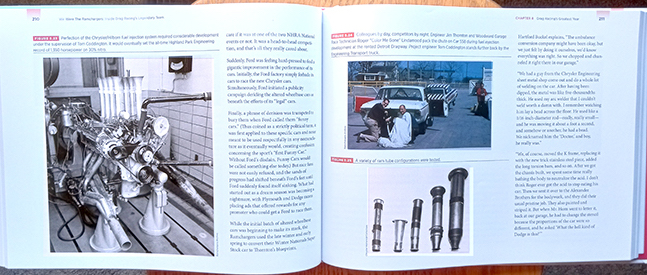
Bottom right photo shows various ram tube configurations. Totally appropriate for a book about the Ramchargers. Two Ramchargers are repacking the parachute in photo above with the car ahead of it showing its version of Ramchargers’ Candy Land® paint jobs. On the left page is a Chrysler/Hilborn fuel injection system. It set a record of 1,350 hp running 30% nitro.
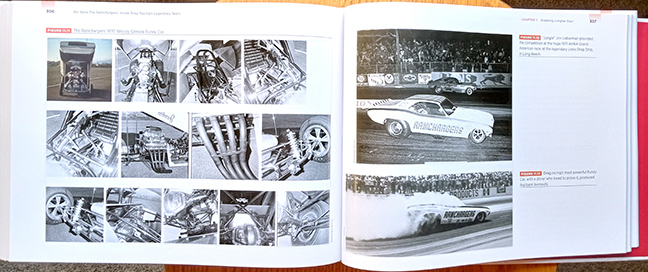
On left, many views of Ramchargers’ 1970 Woody Gilmore Funny Car. Top right a Ramcharger about to make a run in 1971 at Lions Drag Strip in Long Beach. Below, Ramchargers Woody Gilmore Funny car demonstrating its power.
Kudos to publisher SAE as well for its attention to detail helping to ensure the fast-paced narrative was a pleasurable, nicely edited and proofed read. The only flaw, and it is admittedly minor, is the Index. Whatever program or procedure SAE uses to create an index manages, as your commentator has noted with other SAE-published books, that a person’s name in the index often doesn’t include all page numbers on which that person is referred to or written about.
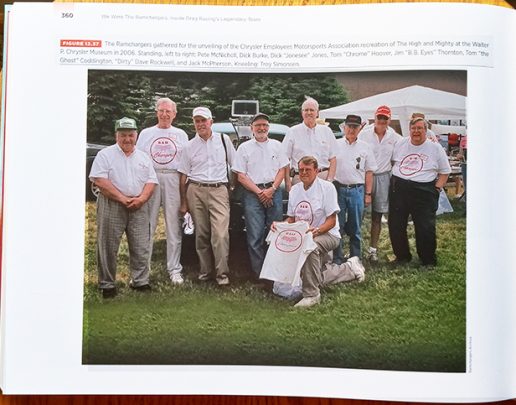
The last chapter titled “Postscripts” brings the book to a fitting conclusion recounting the whereabouts and lives of all of the key Ramchargers who readers have come to know on the preceding pages. The Ramchargers earned their reputation over two decades, having disbanded in 1978.
As you turn pages you’ll read detailed technical discussions of the advantages of, and how to accomplish, tuning an engine’s exhaust as well as discussion of the intricacies of hemispherical cylinder heads. Then there are challenges encountered making smooth yet quick launches at the drag strip. The advantages/disadvantages to a dragster’s weight distribution and the pros and cons regarding whether or not to alter a car’s wheelbase are discussed. You’ll go along with Ramchargers on race weekends too having the adventures, meeting the personalities of racing and then often driving all Sunday night to be back in order to report for work on time Monday morning. And don’t forget you’ll discover and enjoy all those nicknames, too.
Copyright 2024 Helen V Hutchings, SAH (speedreaders.info)


 RSS Feed - Comments
RSS Feed - Comments
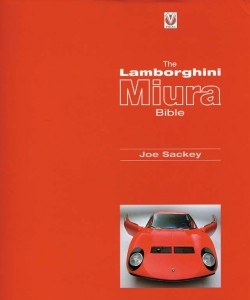



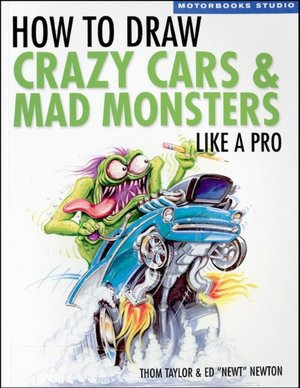


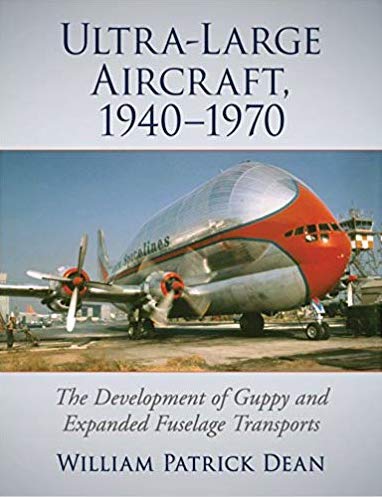




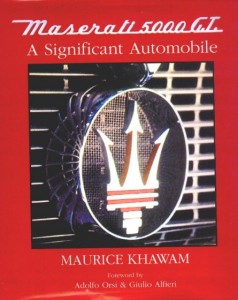
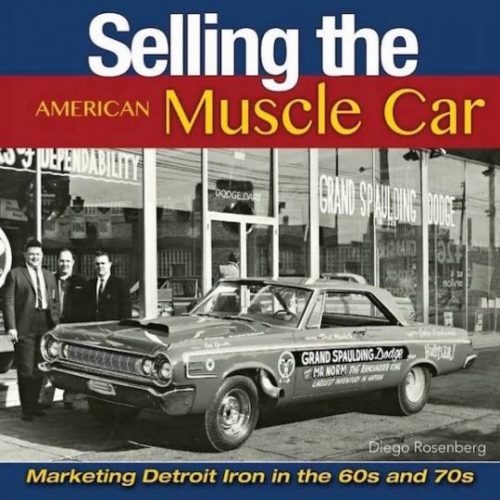

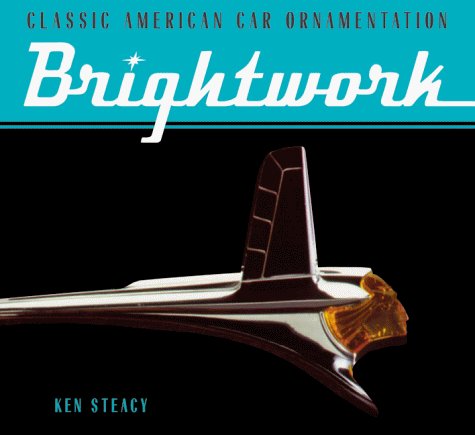

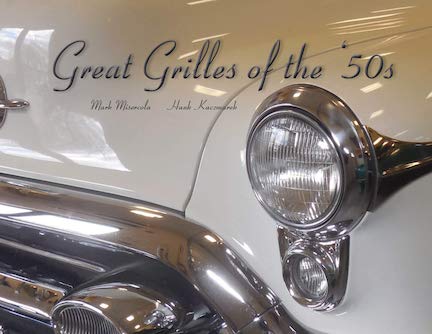




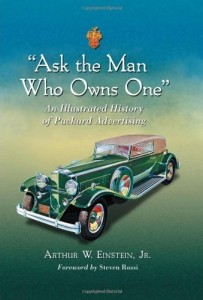



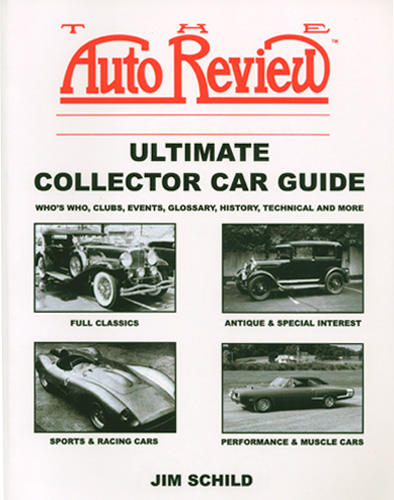


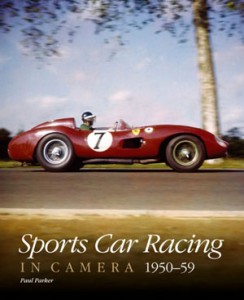
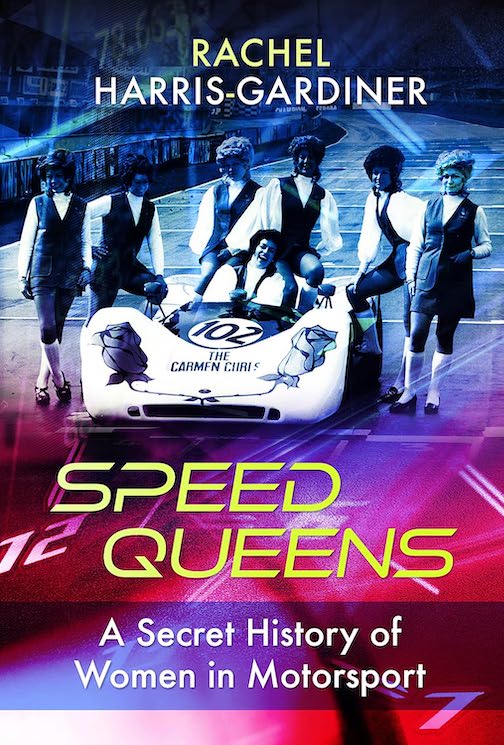

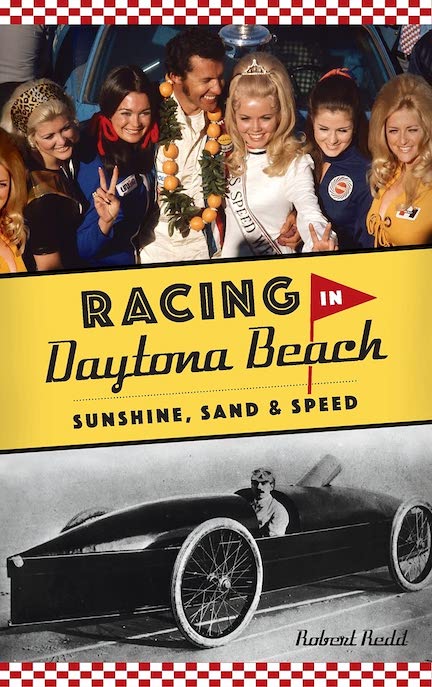
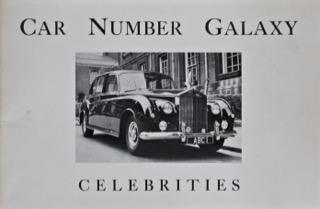
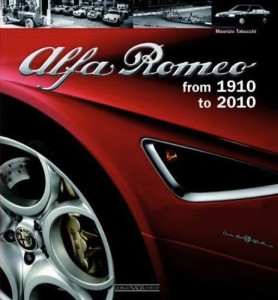




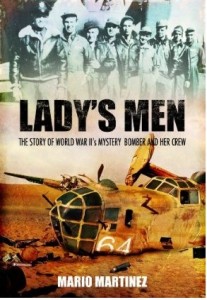



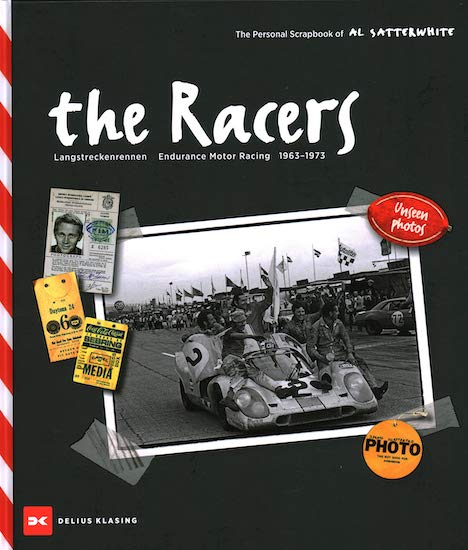
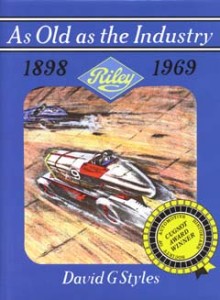


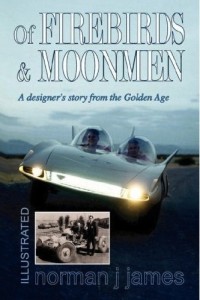
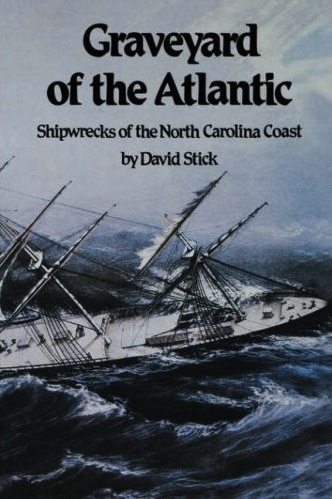


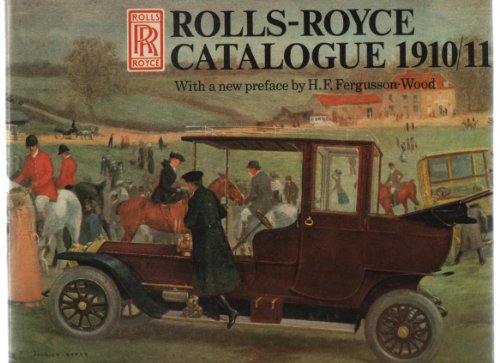



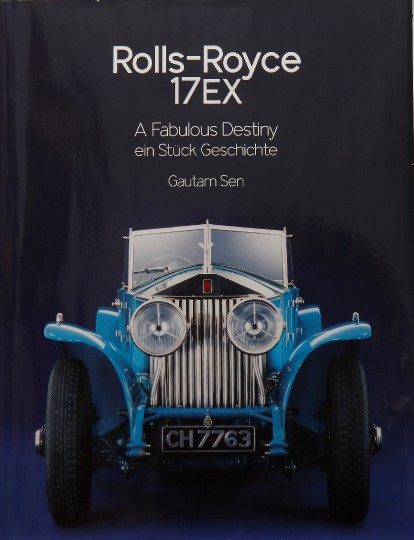
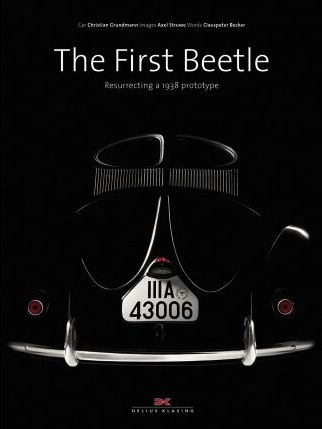








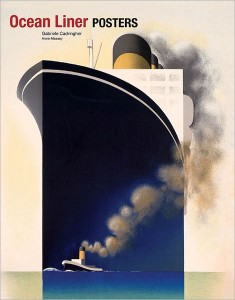

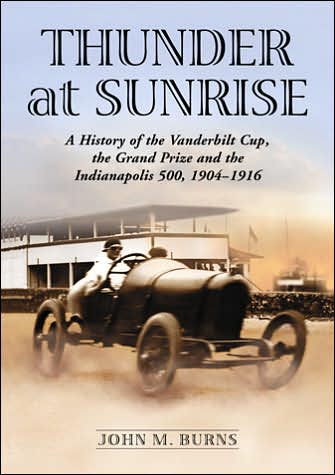
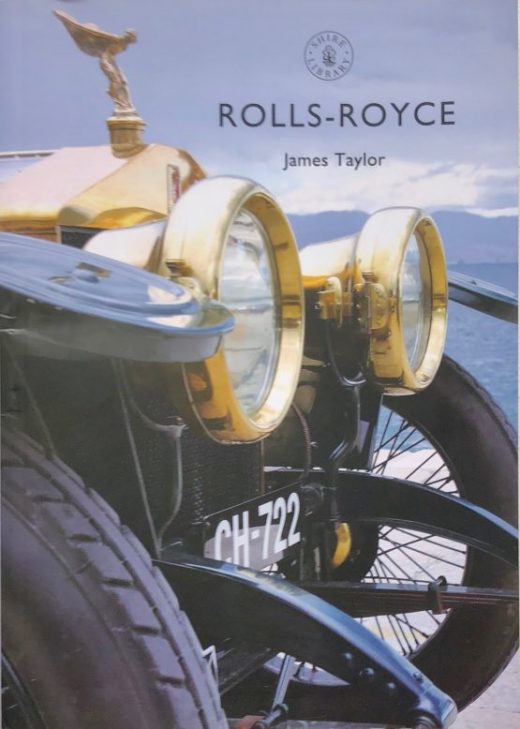

 Phone / Mail / Email
Phone / Mail / Email RSS Feed
RSS Feed Facebook
Facebook Twitter
Twitter